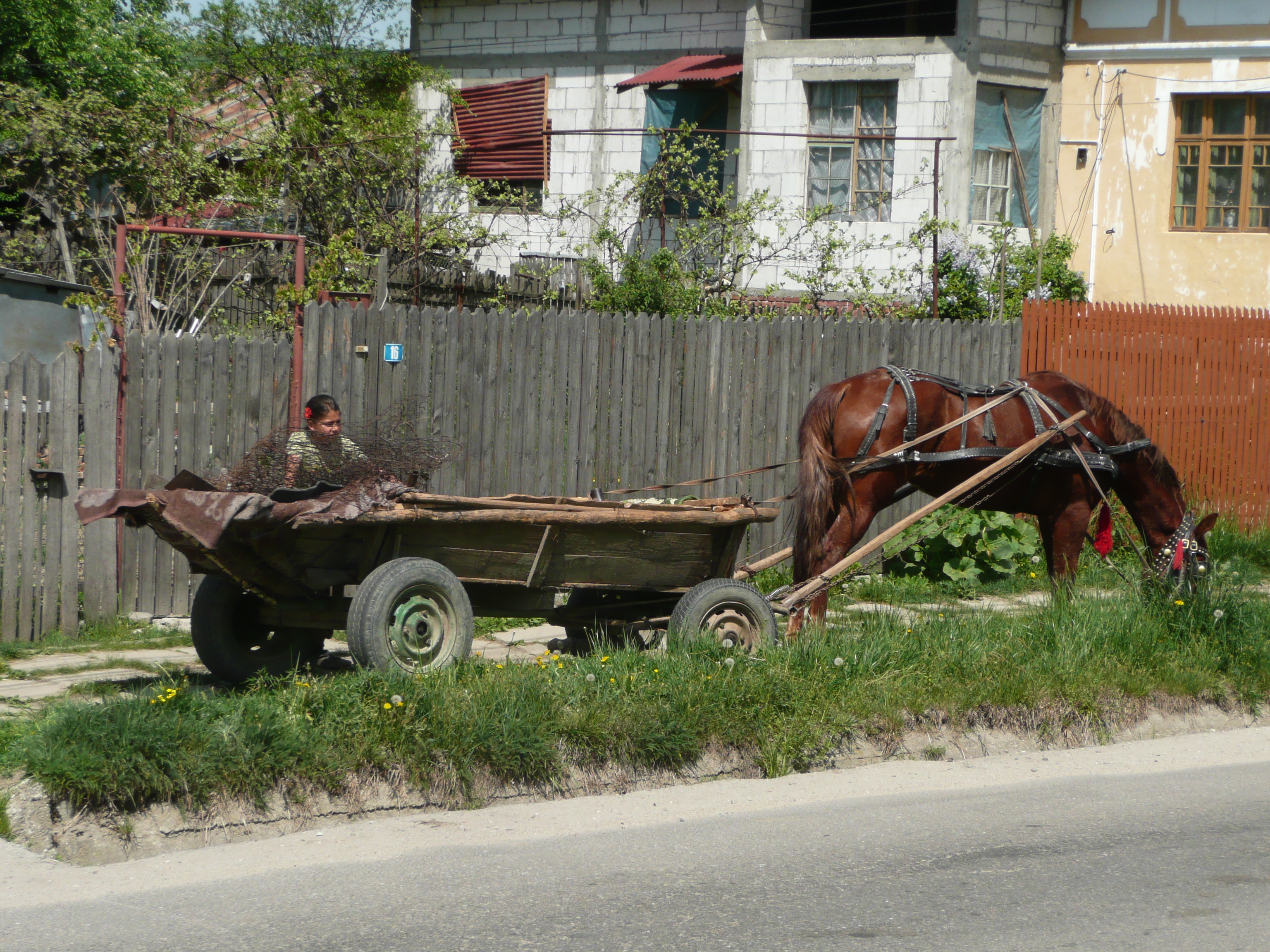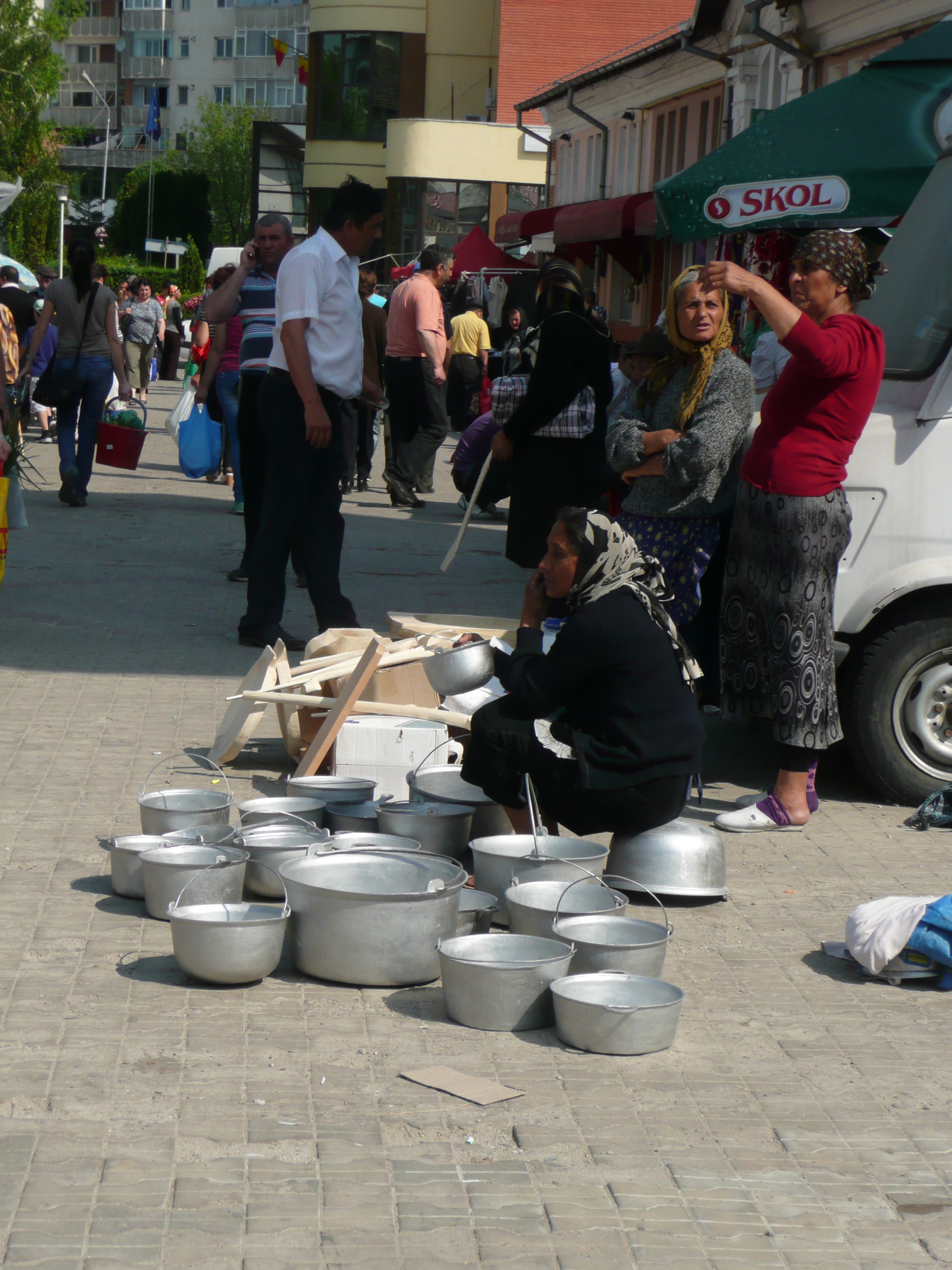Roma Integration Efforts

Roma Girl in Romania
The unfortunate failure of social inclusion of the Roma in the Danube region is a direct result of measures taken to address their exclusion. The last decades prove that member states as well as the EU institutions seem to be unwilling and sometimes incapable of designing or implementing measures to bring about change to the increasing alienation and exclusion of Roma citizens. So far the focus has been on “Fixing the Roma problem” through disjointed, small and unsustainable projects. The failure to acknowledge and address anti-Gypsyism, grassroots empowerment and the inability to stimulate active citizenship of both Roma and non-Roma citizens are the main reasons for the current unsatisfactory situation. Awareness of the problem is the first step in addressing it effectively. European societies regard the life style of Roma as a deviation from the established and expected social norms of those living in Europe. The integrated Roma remain invisible and are either perceived as non-Roma or pretend to be non-Roma. Racism against Roma is not a deviation in Europe, but is rather the accepted normality. In that way the rights and responsibilities of citizens in an increasingly multi-ethnic and multicultural Europe remain biased or are at the very best ambiguous. In most countries the policy target is to somehow “fix the Roma” or get rid of them. The heterogeneity and the lack of experience in dealing with elections or advancing their interests in the newly created national democracies in CEE after 1989 make Roma almost irrelevant in elections. Infighting, incompetency and corruption of their representatives are some other serious reasons for the present abysmal situation. …

